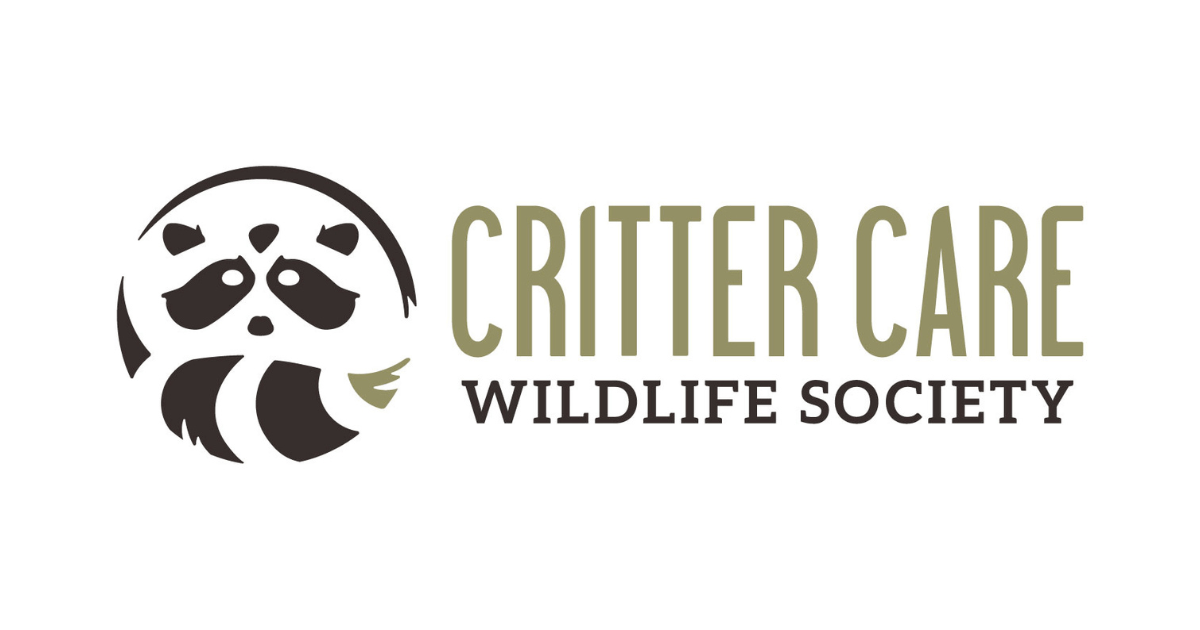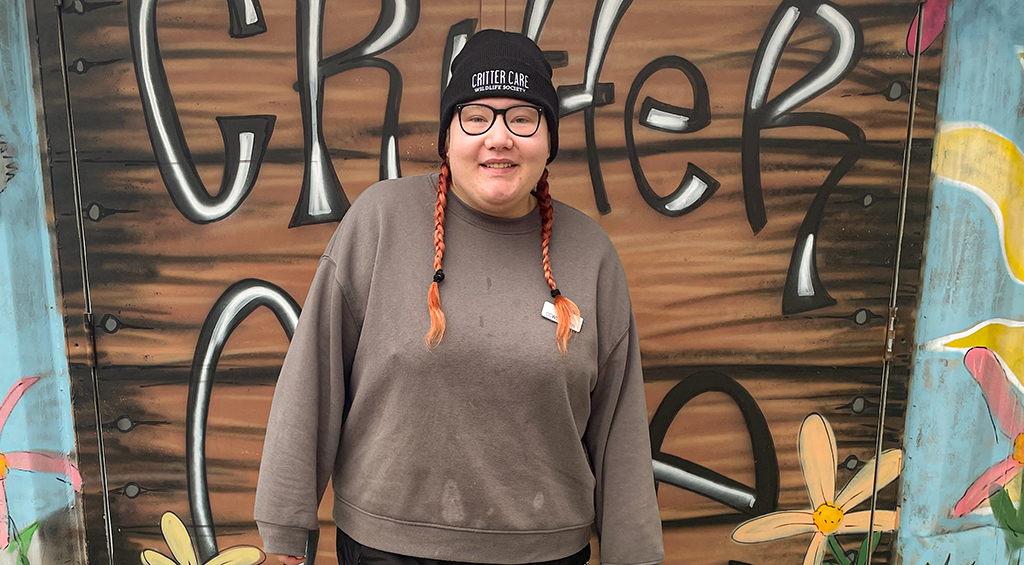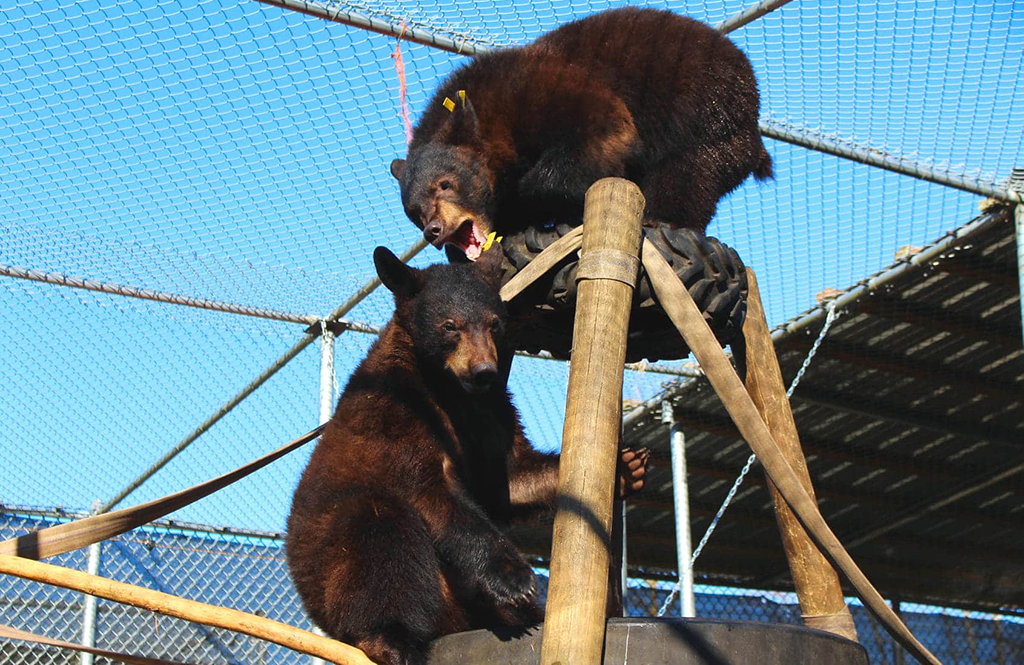Wildlife Rehabilitation in British Columbia: Protecting Our Natural Heritage

Wildlife rehabilitation plays an essential role in preserving British Columbia’s incredible biodiversity. From lush rainforests to expansive coastlines, BC’s ecosystems are home
to a wide array of species that rely on dedicated efforts to rescue, rehabilitate, and release animals in need. The professionals and volunteers involved in wildlife care work tirelessly
to give these animals a second chance at life. In this article, we'll explore the importance of wildlife rehabilitation in BC, some of the challenges faced, success stories from Critter Care Wildlife Society, and how you can get involved.
The Importance of Wildlife Rehabilitation in BC
Preserving Biodiversity Through Rescue and Care
British Columbia is home to a rich variety of wildlife, from bears and deer to owls and otters. Every species plays a role in maintaining the health of BC’s ecosystems. However, human activity such as urban development, road expansion, and pollution has led to more frequent incidents where animals are injured, orphaned, or displaced.
Wildlife rehabilitation provides a critical service by helping animals recover and return to their natural habitats. For instance, when an animal is hit by a car or becomes entangled in discarded waste, rehabilitation experts assess its injuries, provide medical care, and offer the opportunity for the animal to heal in a safe environment before being released back into the wild. These efforts are essential to protecting the balance of BC’s ecosystems, ensuring that species can continue to thrive in their natural environments.
Supporting Ecosystem Health
Healthy ecosystems rely on the presence of all species, big and small. Predators such as bears and birds of prey manage populations of smaller animals, while herbivores like deer help shape the plant life that other animals rely on. When these animals are injured or killed, it can cause a ripple effect throughout the entire ecosystem.
By rehabilitating injured or orphaned wildlife, BC’s rehabilitation centers ensure that these animals can continue to contribute to the health of the environment. The release of rehabilitated predators, for instance, helps manage prey populations, which in turn influences the growth and health of plant life. Every animal that is successfully returned to the wild supports the intricate balance of nature in BC.
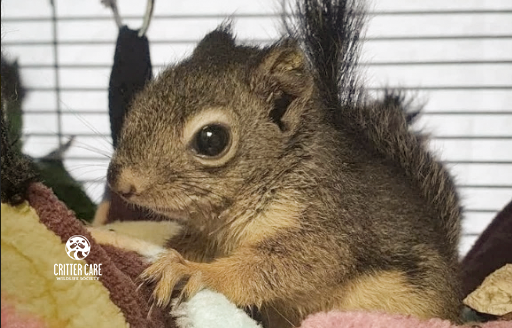
Challenges Faced by Wildlife Rehabilitators
Funding and Resources Limitations
Wildlife rehabilitation is a resource-intensive effort that requires financial support, skilled professionals, and access to specialized medical equipment. Most rehabilitation centers in BC, such as Critter Care Wildlife Society, operate as non-profits and rely on donations, grants, and volunteer support to carry out their work. The cost of food, medical supplies, and housing for animals—especially larger species like bears—can be overwhelming for these organizations.
Additionally, the rehabilitation of certain species can be more complex due to legal restrictions or the specialized care they require. These challenges mean that centers often have to make difficult decisions about which animals they can accept and care for.
Balancing Public Education and Wildlife Safety
Public education plays a vital role in reducing the number of animals that end up needing rehabilitation. However, there’s a delicate balance between raising awareness and ensuring that animals don’t become too comfortable around humans. Feeding wild animals
or attempting to rescue them without proper training can do more harm than good.
Rehabilitators work to educate the public on how to safely coexist with wildlife, from keeping
a respectful distance to avoiding harmful actions like feeding. Public outreach ensures that people understand their role in protecting BC’s wildlife while keeping animals safe and wild.
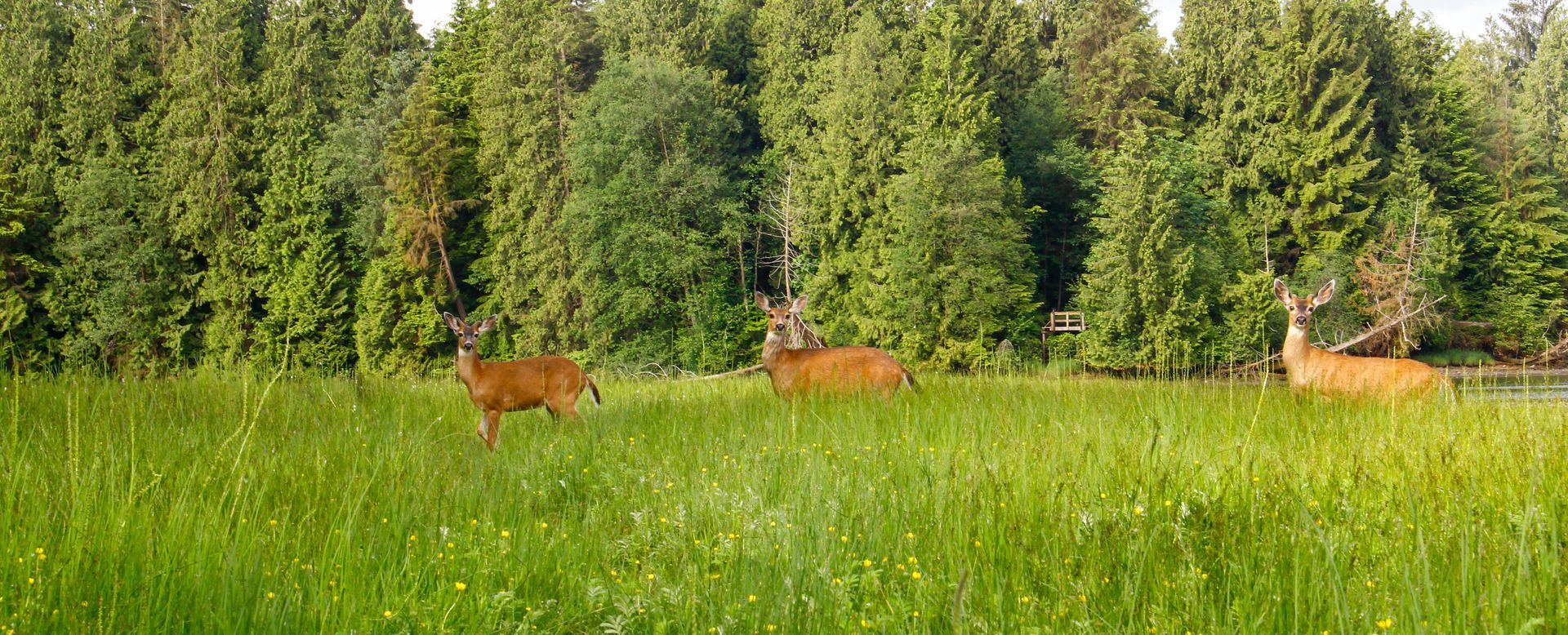
Success Stories from BC’s Wildlife Rehabilitation Centers
Inspiring Rescues: Critter Care Wildlife Society's Success Stories
Critter Care Wildlife Society, based in Langley, BC, has been instrumental in rehabilitating mammals such as bears, raccoons, coyotes, and otters. Their success stories are a testament
to the impact that dedicated wildlife rehabilitation can have on individual animals and entire species.
One notable success is the rescue of an injured black bear cub that was found near death after being separated from its mother. The team at Critter Care provided intensive care, including feeding, wound treatment, and rehabilitation in a safe environment. After months of recovery, the bear was successfully released back into the wild, where it had the chance to thrive in its natural habitat.
Similarly, Critter Care has helped countless raccoons, many of which were orphaned due to urbanization. Through their efforts, these animals were cared for and gradually reintroduced
to the wild. These stories illustrate the profound impact that wildlife rehabilitation can have, offering animals a second chance at life and contributing to the greater ecosystem.
The Role of Volunteers at Critter Care Wildlife Society
Volunteers are a crucial part of the wildlife rehabilitation process at Critter Care Wildlife Society. These dedicated individuals assist in all aspects of animal care, from feeding and cleaning
to helping with animal rescues and releases. Volunteers often find the experience incredibly rewarding, knowing that their efforts directly contribute to saving lives and protecting wildlife.
Critter Care offers various volunteer opportunities, allowing people to work hands-on with animals or contribute to public education and outreach. Without the help of volunteers, much of the critical care that injured or orphaned wildlife receives wouldn’t be possible.
These volunteers not only assist in the day-to-day operations of the facility but also play a vital role in spreading awareness about the importance of wildlife conservation and responsible human-wildlife interactions.

How You Can Support Wildlife Rehabilitation
Donating and Volunteering at Critter Care Wildlife Society
One of the most impactful ways to support wildlife rehabilitation in British Columbia is by contributing to organizations like Critter Care Wildlife Society. Donations help cover the costs
of food, medical supplies, and facilities that are essential for animal care. Critter Care also offers the option for individuals to “adopt” an animal, where their contributions directly support the care and rehabilitation of a specific species.
Volunteering is another great way to get involved. Whether you’re assisting with animal care, helping with public education, or providing support through fundraising, your time and efforts can make a huge difference in the lives of the animals being cared for.
Responsible Ways to Interact with Wildlife
Educating yourself on how to responsibly interact with wildlife is crucial in reducing the need for rehabilitation in the first place. Avoid feeding wild animals, as this can lead to dangerous habituation, where animals become too reliant on humans for food. If you encounter injured
or orphaned wildlife, contact a rehabilitation center like Critter Care Wildlife Society instead
of attempting to care for the animal yourself.
When visiting natural areas, be mindful of your impact on wildlife habitats. Stick to designated trails, keep a safe distance from animals, and minimize noise to avoid disturbing their natural behaviors. By following these guidelines, you’re helping to ensure the safety and well-being
of BC’s wildlife.
The Future of Wildlife Rehabilitation in British Columbia
The dedicated work of wildlife rehabilitators, like those at Critter Care Wildlife Society, is essential to preserving British Columbia’s rich biodiversity. Their efforts not only save individual animals but also contribute to the health and balance of entire ecosystems. However, wildlife rehabilitation cannot succeed without the support of the public. By donating, volunteering, and practicing responsible wildlife behavior, you can play a part in protecting the animals and landscapes that make BC so unique.
How to Help
If you’d like to support wildlife rehabilitation or learn more about how to help, consider
reaching out to Critter Care Wildlife Society. Your contributions—whether through donations
or volunteer work—can make a significant difference in the lives of injured or orphaned wildlife. Together, we can ensure that BC’s natural heritage is protected for generations to come.

Critter Care Wildlife Society News
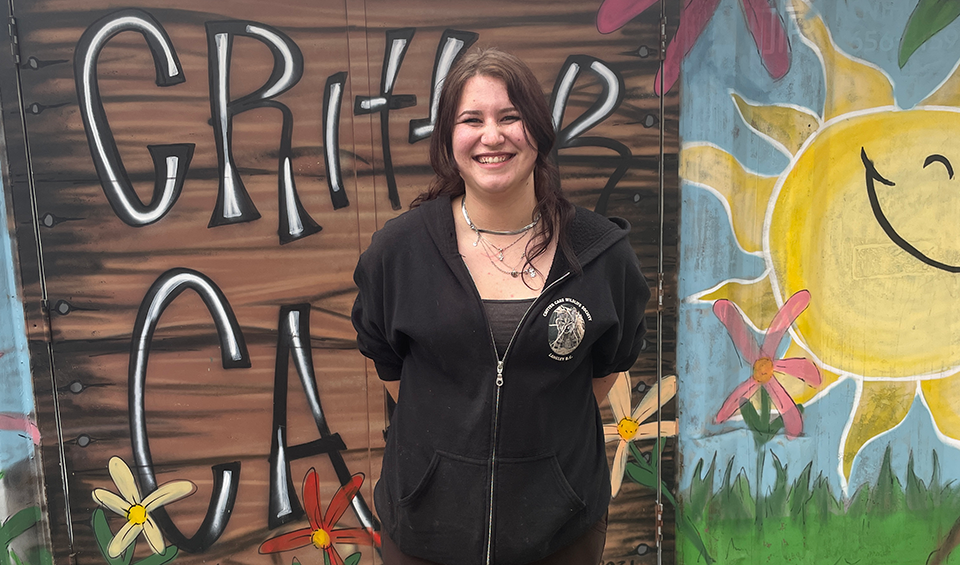
Sign up to get inspiring stories of rescue,
rehabilitation and release from Critter Care
Be the first to receive our newsletter, new blog posts, and updates
about our most critical needs and community news.
